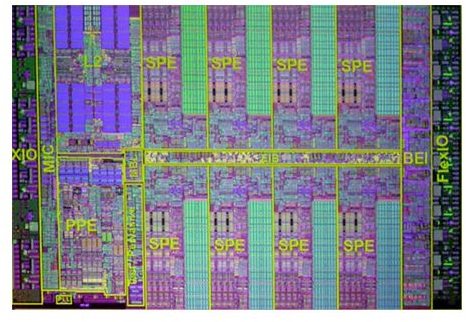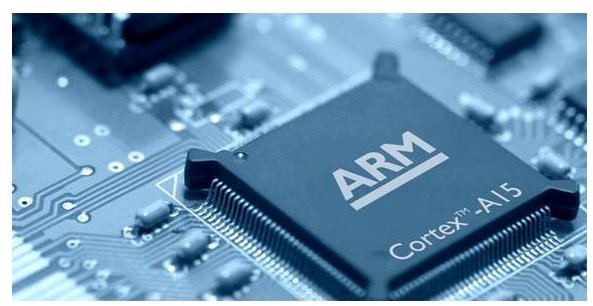Should Microsoft and Sony Fear an Apple Console?

The Many Steps of Building a Console
Ever since their inception, console gamers have had to deal with long hardware development cycles. In most cases, an updated version of a console does not arrive until four to seven years, and there are no major updates to hardware power in between. As a result, consoles tend to skip ahead in large leaps. When a new model arrives, it is almost always the most powerful yet produced (the Wii was a notable exception to this). Then, however, it gradually withers, becoming less and less interesting as time passes.
A comparison between current computer graphics and those on the major consoles, all of which have been released for years, shows how this can result in problems with immersion. Some console games look positively antique compared to PC counterparts. This is due to low resolution textures, restricted draw distances, and reduced polygon counts.
Such a business model isn’t ideal, but has so far been followed due to the complexity of building a console. Development of a new platform can be compared to constructing a skyscraper. Materials must be sourced, a design must be drawn up and then made realistic, and various crews must work to ensure that all the parts come together properly. With the PlayStation 3, Sony went so far as to have a team create a new processor microarchitecture called Cell - a monumental undertaking.
Apple’s Endless March

In comparison to the console cycle, Apple’s is blazing quick. New iPhones are released on an almost yearly basis, and while the design may be the same, they always have significant hardware upgrades. The iPad also enjoy a quick upgrade cycle. The original was released in 2010, but the iPad 2 is already here, and has been available for months.
The benefits of this are becoming apparent. With the iPad 2 and iPhone 4S, Apple has begun to make claims that their mobile devices are more powerful than modern consoles. Once you fire up an Infinity Blade game, it’s easy to see why. The game actually looks better than many console games currently available. Critics will point out that the iPad 2 has a much lower display resolution than a 1080p HDTV, but this is actually a bunk argument, because the vast majority of current games on the Xbox 360 and PS3 are actually rendered at 720p.
At this point, the writing is on the wall: Apple’s mobile devices will become notably superior to the current crop of consoles in terms of graphics quality before the next batch comes out. The possible exception may be the Wii HD, although it’s not clear that it will be much more powerful than the Xbox 360 or PlayStation 3. Current rumors place the next Xbox release at 2013, by which time Apple will have completed about three more hardware cycles.
The Implications of Faster Evolution
At this very moment, Apple is not a direct competitor to home consoles. This is because Apple has no controller mechanism beyond the device itself, and because connectivity with displays is nowhere near as flexible as a console. It is also unlikely that Apple with debut a device that is a direct console competitor within the next few years, though rumors about the development of an “Apple TV” continue.

Even so, the high visual quality possible with the iPhone 4S and iPad 2, as well as future Apple mobile devices, is going to throw a bit of egg on the fact of the consoles. Microsoft, Sony and Nintendo all insist that a long development cycle is required to recoup the costs of their investment, and also insist that it benefits developers who don’t have to adapt to new hardware as frequently. Yet, Apple’s developer base is massive, and is beginning to include high-profile companies like Epic Games.
If nothing else, Apple’s success proves that gamers can, and will, enjoy titles on devices that have short development cycles. It also proves that a shorter development cycle is possible if a different approach is taken. Unlike the major console manufacturers, all of which use custom hardware or heavily modified versions of existing hardware, Apple uses lightly adapted ARM processor designs, reducing costs and development time.
Apple may not end up being the company that uses the lessons taught by the iPhone and iPad to combat the current console paradigm, but someone will. It may be one of the current major players, or it may be a newcomer backed by a large electronics company.
Expect Toil and Trouble
Whatever happens, change won’t come easy. The current method of console development has been used for decades, despite some obvious faults. Sony, in particular, could be resistant to finding new ways to bring consoles to market. Even after the defeat of the PlayStation 3, which was too expensive and somewhat late due to its custom hardware, Sony has shown no signs that it is trying to alter its method.
Although I think a faster console development cycle will rise to combat the current orthodoxy, don’t expect it to appear for a few years. Current ARM processors appear capable of running with the older consoles, but would likely be stomped by the newer products once the appear. It will be a few more years before an ARM processor appropriate for a modern home console becomes available. Once it does, however, watch out! The console market will never be the same again. Apple itself may not be the tool of change, but the company’s success is opening a door that can’t be shut.
References
- Ozymandias: Clarifying Thoughts on HD Game Rendering http://www.ozymandias.com/clarifying-thoughts-on-high-definition-game-rendering
- Epic Games: Infinity Blade http://infinitybladegame.com/
- Image Credit: Touch Arcade
- Image Credit: Tested
- Digital Trends: New Xbox Due in 2013? http://www.digitaltrends.com/gaming/new-xbox-due-in-2013/
- Image Credit: PC Stats
